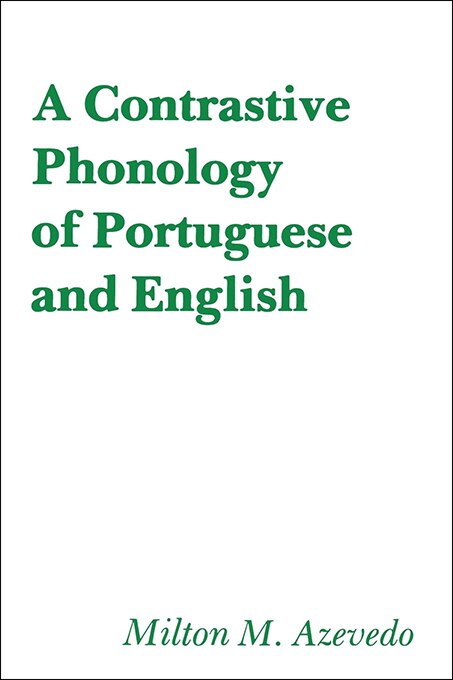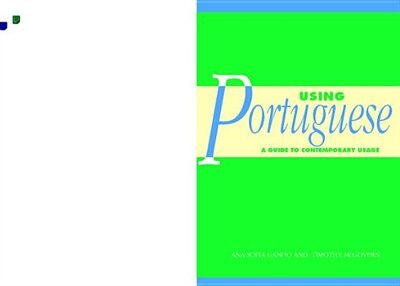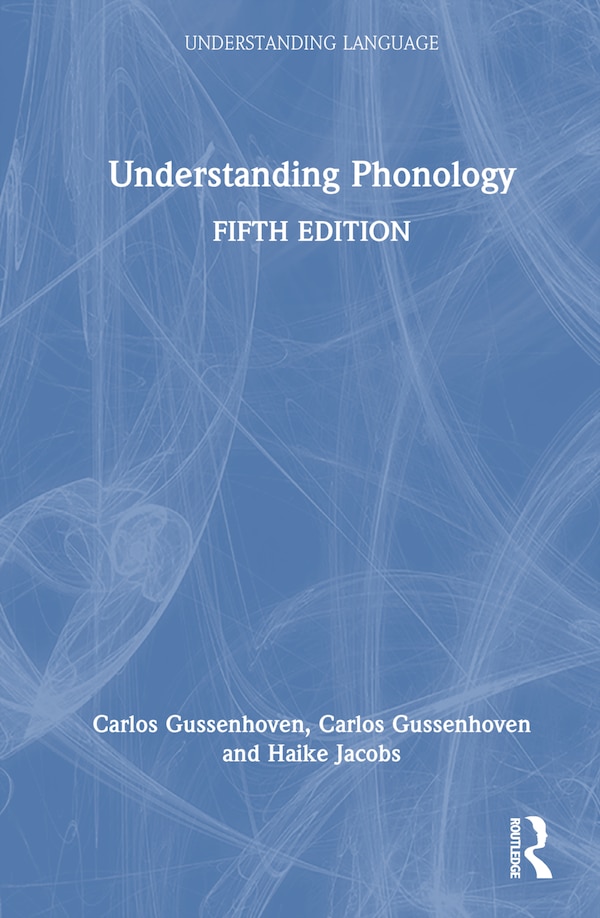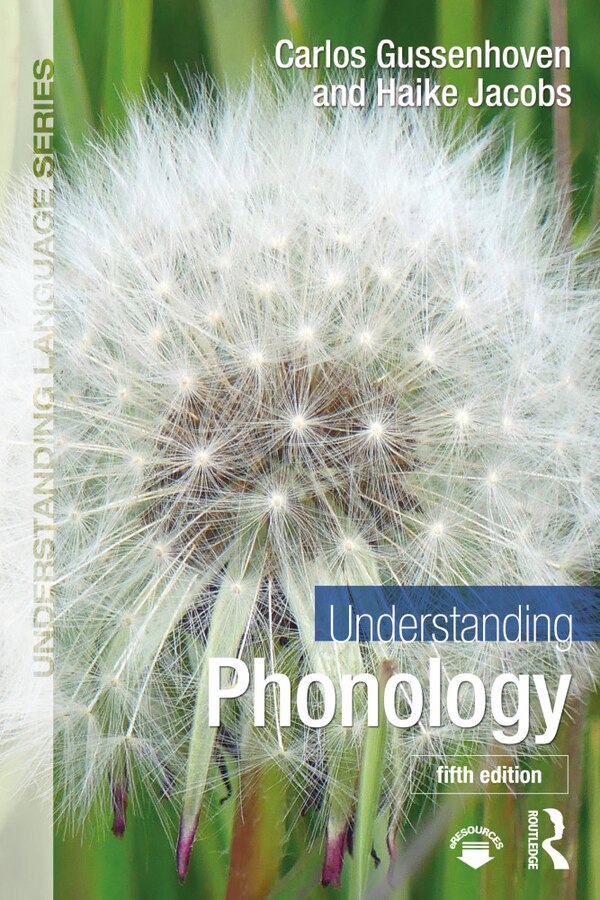
Choice Made Simple!
Too many options?Click below to purchase an online gift card that can be used at participating retailers in Village Green Shopping Centre and continue your shopping IN CENTRE!Purchase Here
Compare The Phonology of Portuguese by Maria Helena Mateus, Hardcover | Indigo Chapters
Maria Helena Mateus
$345.00
Portuguese emerged from vulgar Latin during the course of the third century. Influential in its development were successive invasions by Germanic peoples, Visigoths, and Moors, the latter of whom were finally evicted in the thirteenth century. As a consequence of the newly-independent kingdomsimperial achievements, Portuguese is the national language of Brazil and the official language of several African countries. Maria Helena Mateus and Ernesto dAndrade present a broad description and comparative analysis of the phonetics and phonology of European and Brazilian Portuguese. They begin by introducing the history of Portuguese and its principal varieties. Chapter 2 describes the phonetic characteristics ofconsonants, vowels, and glides, and Chapter 3 looks at prosodic structure. Chapters 4 and 5 present the general characteristics of Portuguese nominal and verbal systems, the former considering inflectional and the latter derivational processes. Chapter 6 examines stress, main, secondary, and echo, and Chapter 7 describes phonological processes that are not related to the morphological structure of the word, including the peculiar process of nazalization. The authors deploy current theoretical models to explain the rich variety of Portuguese phonology and interrelated aspects of morphology. This is by far the most comprehensive account of the subject to have appeared in English, and the most up-to-date in any language. | The Phonology of Portuguese by Maria Helena Mateus, Hardcover | Indigo Chapters















